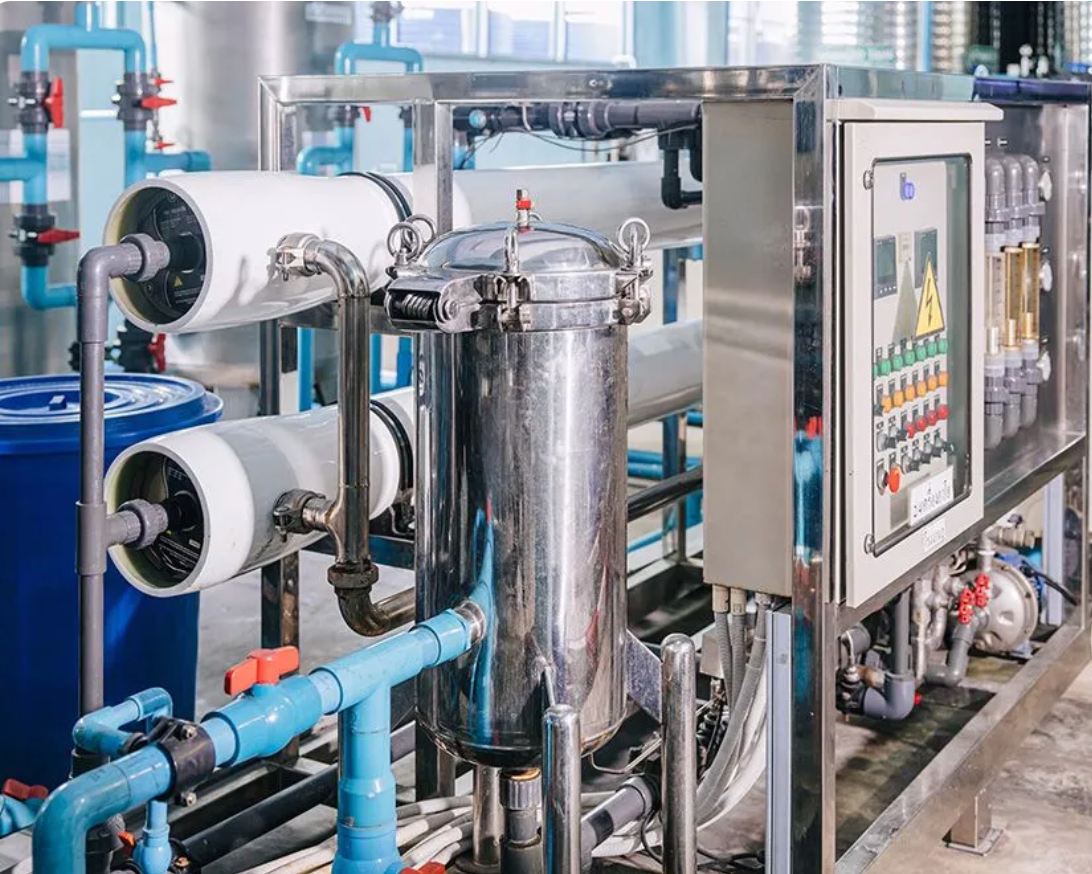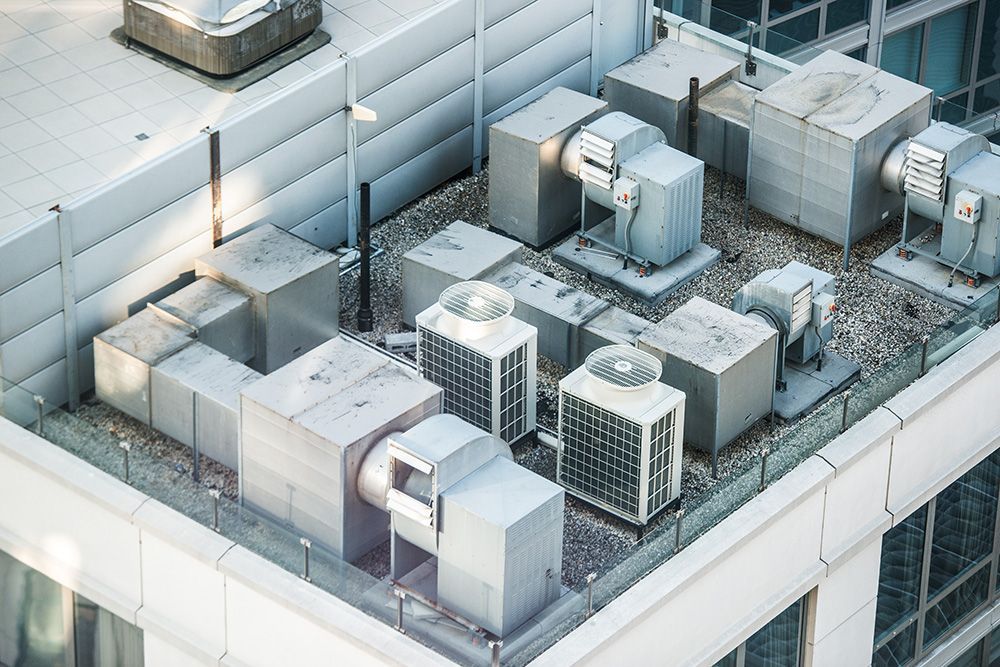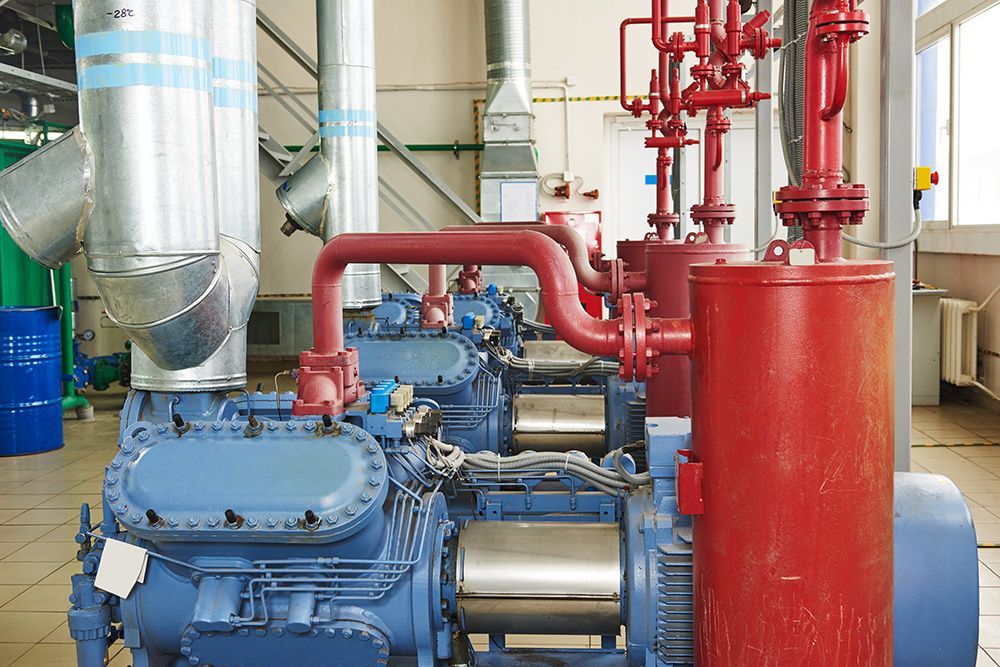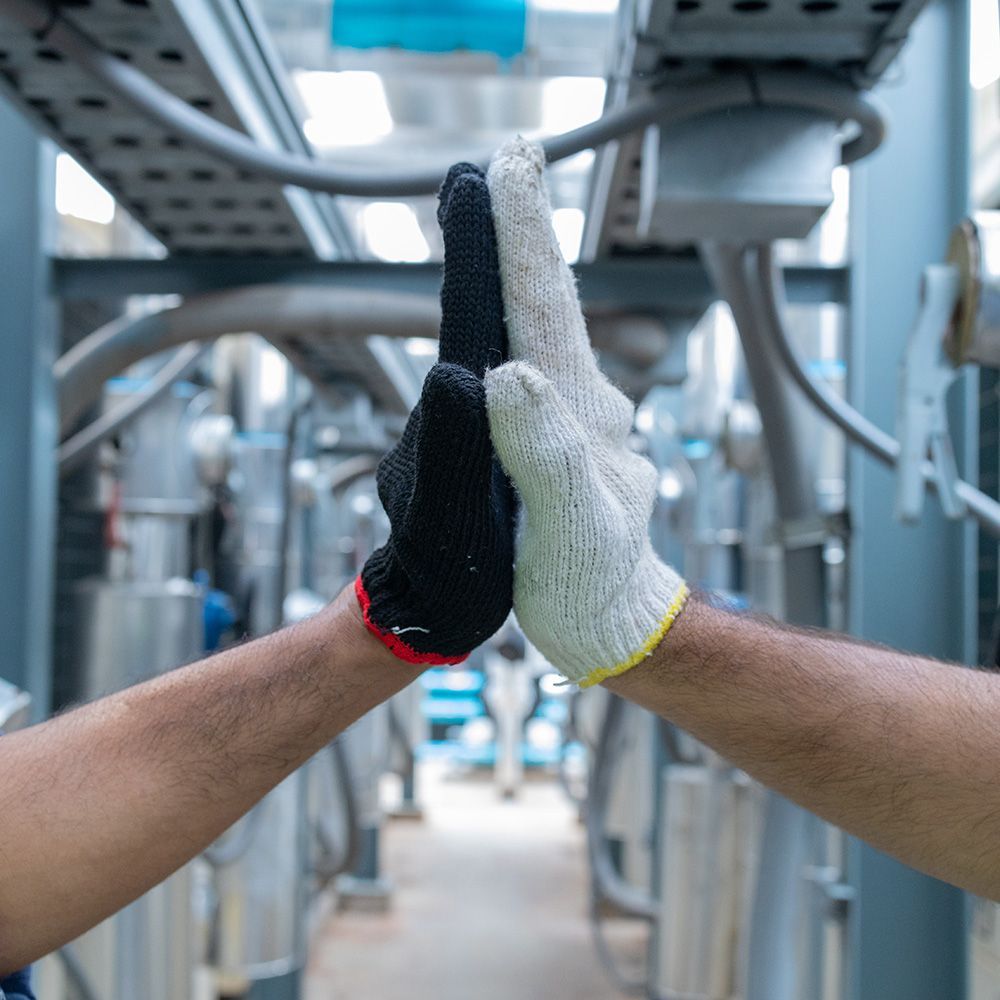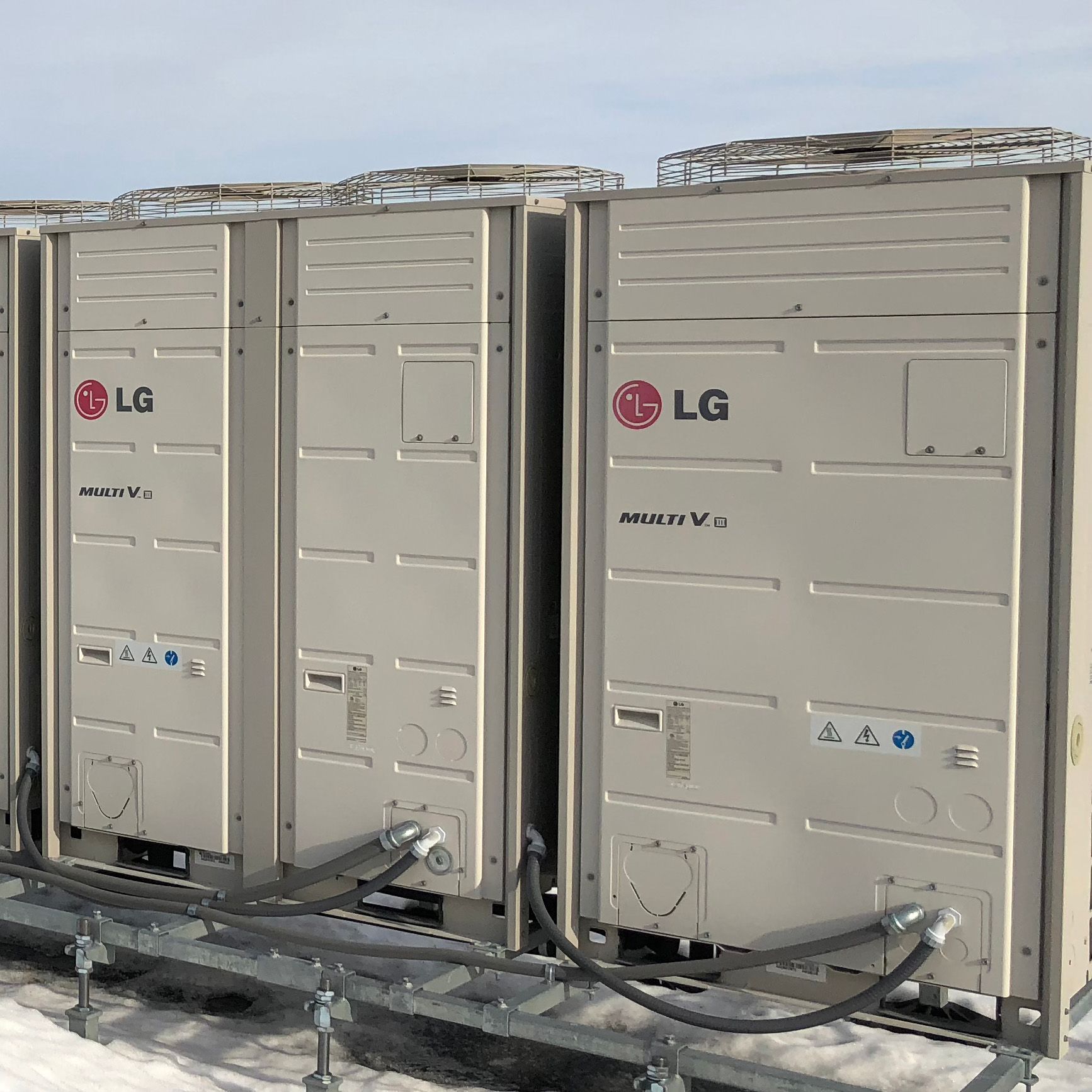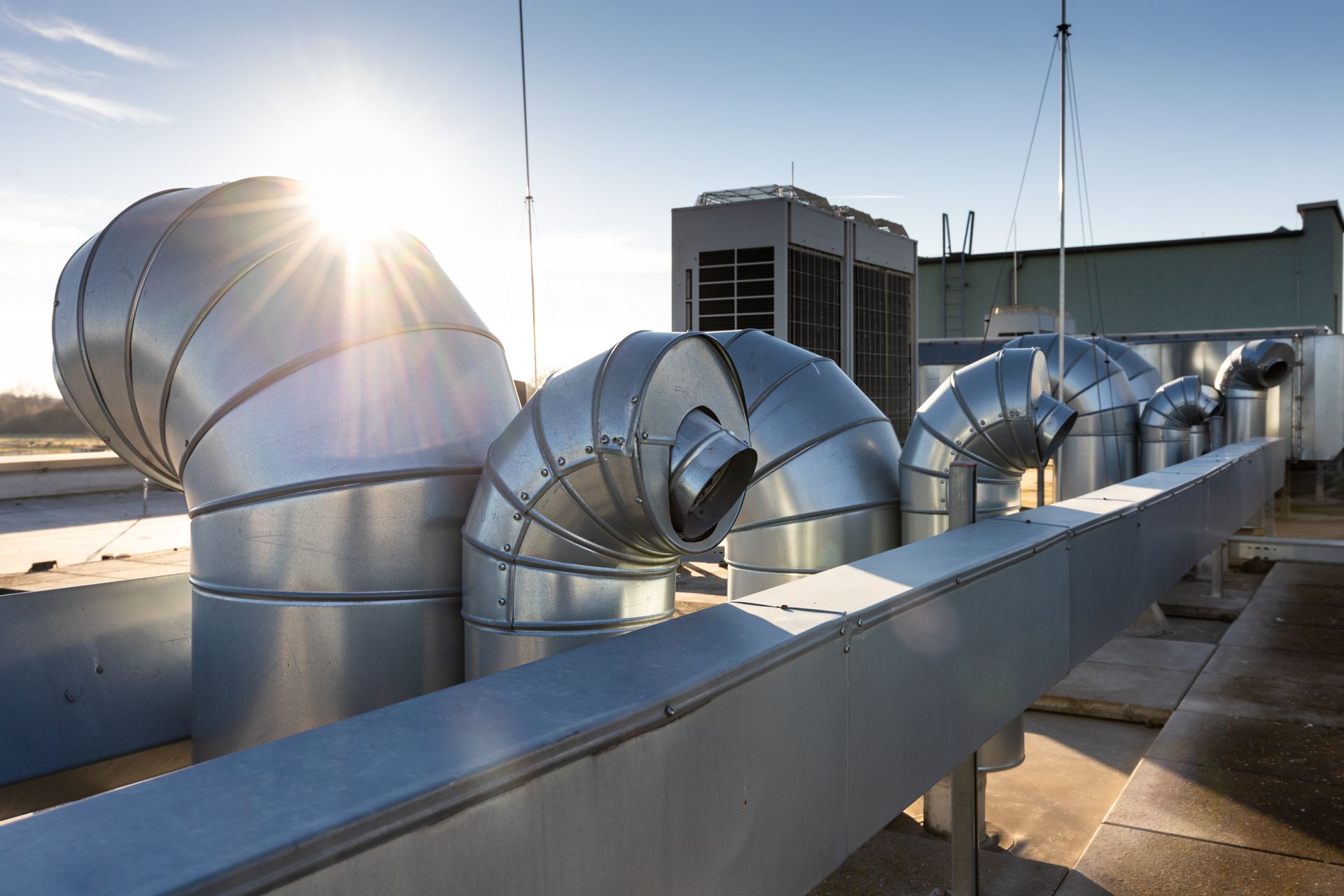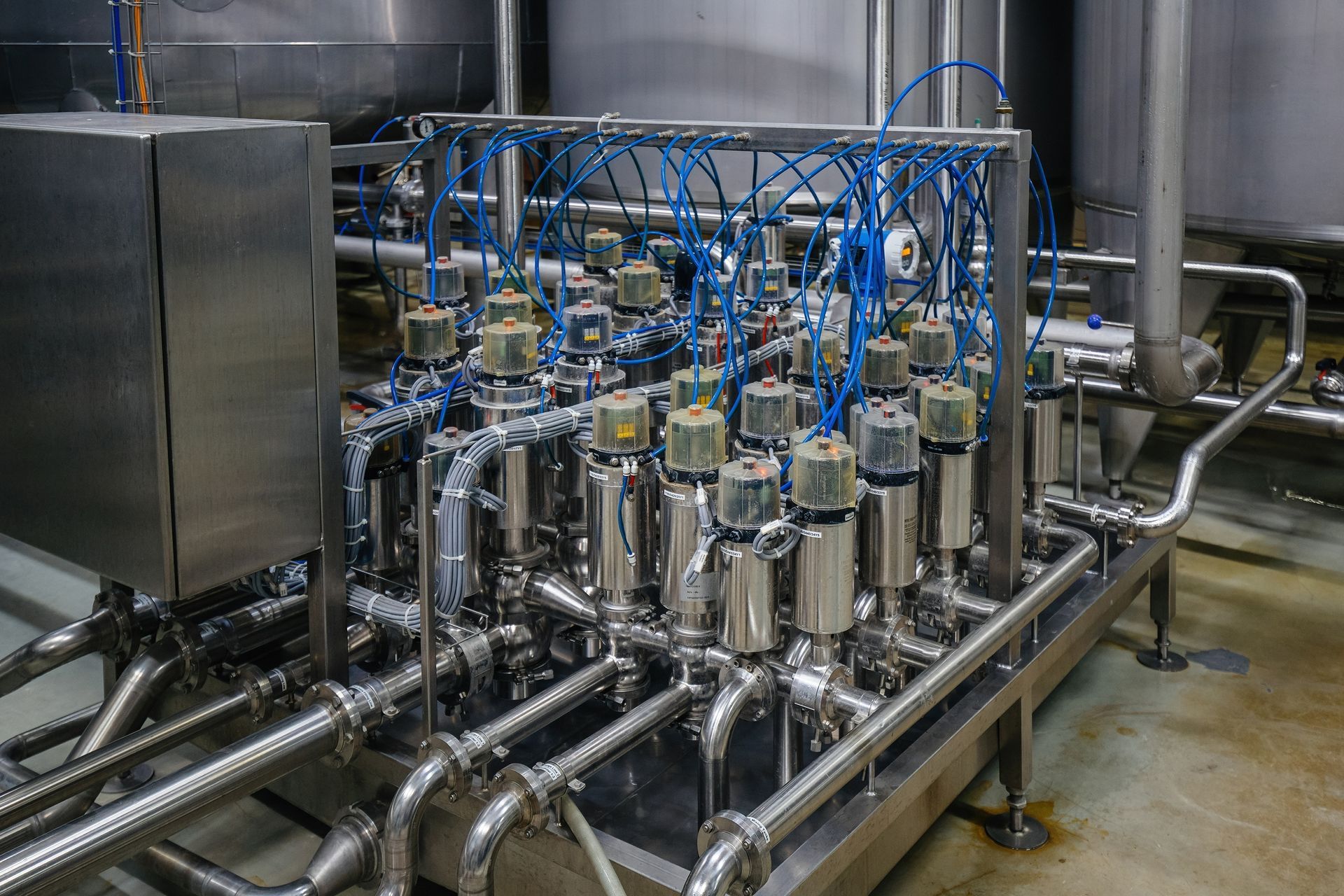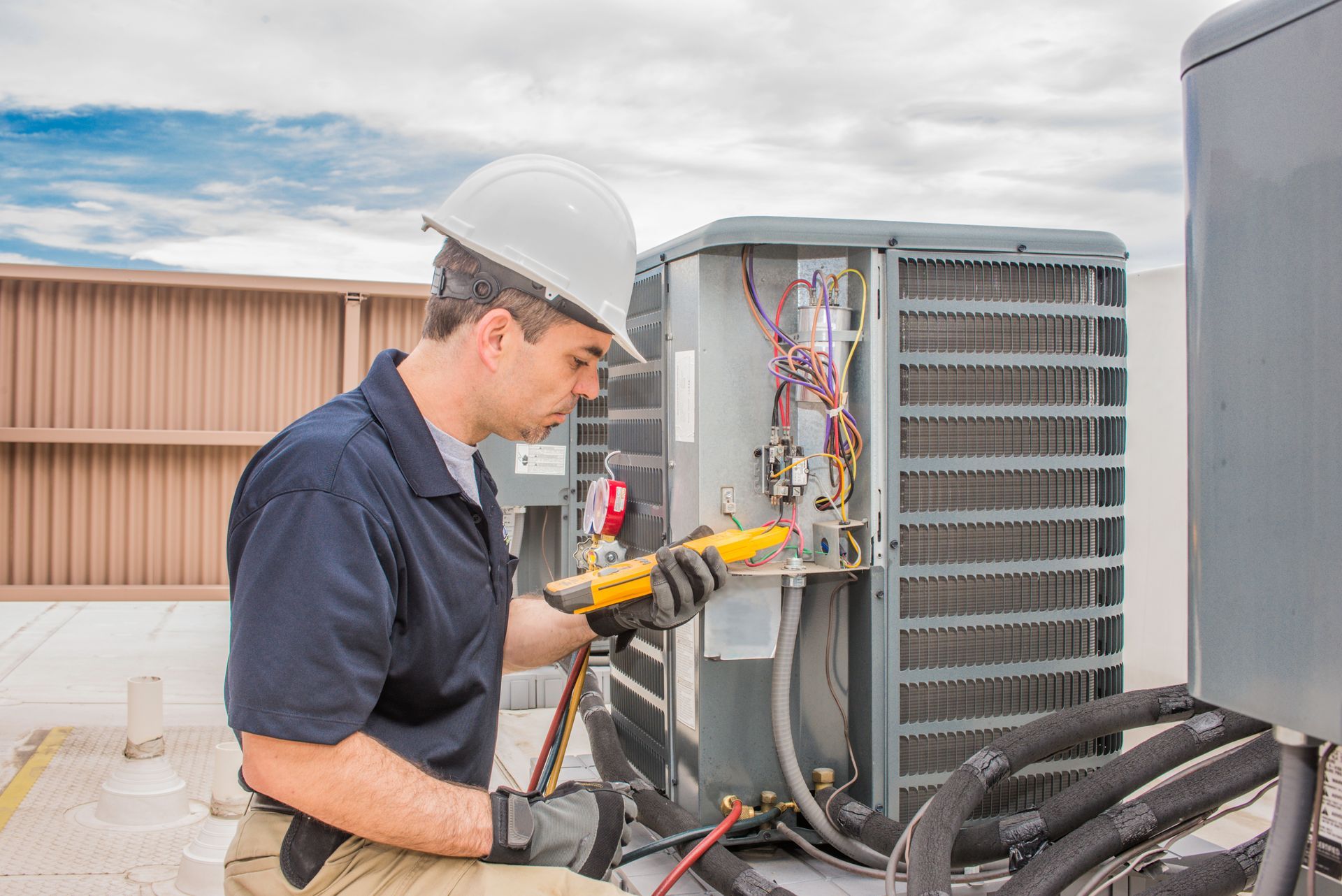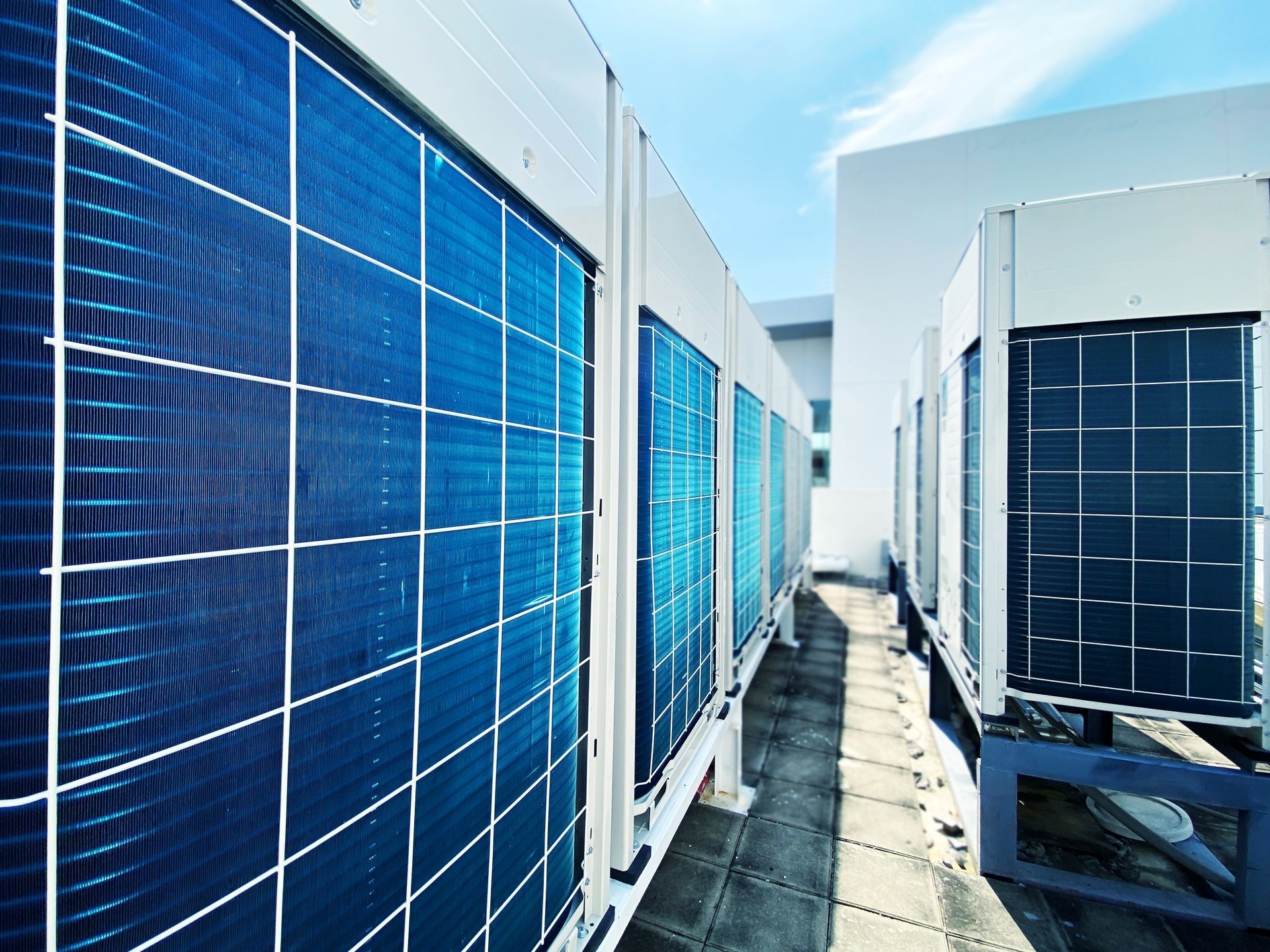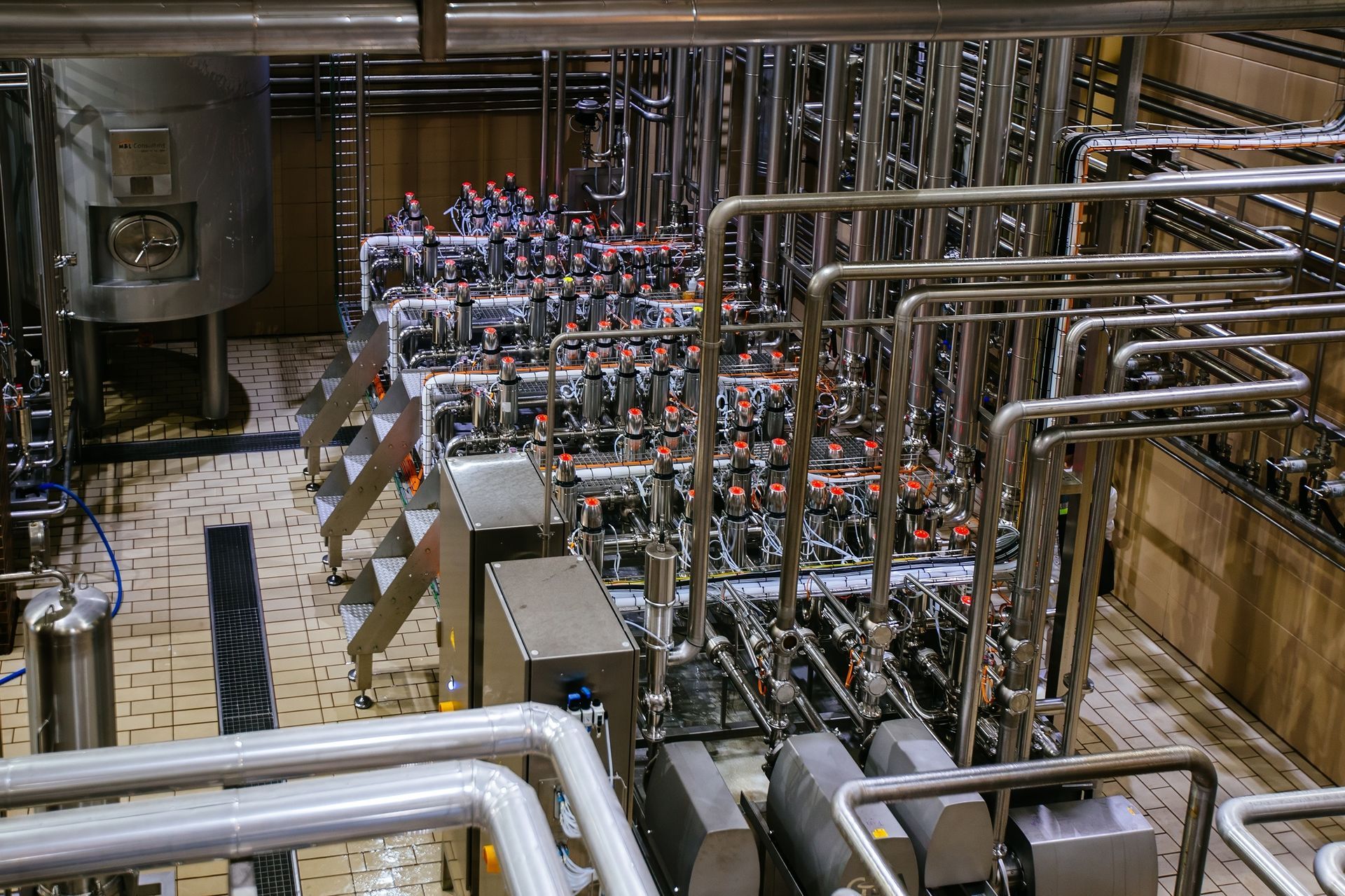How Kansas City’s Commercial Buildings Can Benefit from Energy Recovery Ventilation Systems
When you think about HVAC for your commercial building, heating and cooling are probably the first things that come to mind. But what about the quality of the air inside? What about the energy you lose every time your system pushes conditioned air out and pulls in new air to replace it? That’s where Energy Recovery Ventilation systems, or ERVs, can make a real difference. If you're managing a facility in Kansas City, whether it's an office building, a healthcare facility, or a school, an ERV system could be the upgrade you didn't know you needed.
Let’s break down what ERVs do, why they matter, and how they can save you money while creating a better environment for everyone inside your building.
What Is an Energy Recovery Ventilation System
An ERV system is designed to improve indoor air quality and reduce energy waste by exchanging stale indoor air with fresh outdoor air. The difference is that it captures the energy from the air you're exhausting and uses it to condition the air coming in. In the winter, it takes heat from the outgoing air to warm the incoming air. In the summer, it does the opposite, removing heat and moisture from incoming air using the cooler indoor exhaust air.
This means you're not just dumping your indoor air and starting from scratch every time. You're reclaiming some of the energy you've already paid for, and that can go a long way in improving overall efficiency.
Why Kansas City Buildings Need ERVs
Kansas City weather isn't easy on HVAC systems. Summers get hot and humid. Winters bring dry, freezing air. When your HVAC is constantly working to condition fresh outside air, your energy bills are going to show it. That’s why ERVs are so beneficial for buildings in this region.
An ERV takes pressure off your system during both the heating and cooling seasons. It moderates the temperature and humidity of incoming air before your HVAC has to work on it. That means less strain on your system, fewer maintenance calls, and longer equipment life.
For businesses that operate long hours or rely on good air quality for customers or staff, ERVs are especially important. Whether you manage a school, hospital, gym, or manufacturing facility, the benefits stack up fast.
Who Should Be Thinking About ERVs
If you’re in charge of maintaining or upgrading a building where a lot of people gather, ERVs should absolutely be on your radar. Here are a few specific use cases we see here in Kansas City.
- Office buildings where ventilation and comfort need to be balanced with energy use
- Schools and universities trying to maintain clean air without blowing their energy budgets
- Healthcare facilities where air quality is critical but energy costs are already high
- Fitness centers where airflow and humidity control matter for both safety and comfort
- Manufacturing and processing plants where air exchange is required for safety or compliance
These buildings typically deal with higher occupancy, longer run times, and more intense temperature swings. ERVs provide a way to maintain fresh air without overworking the entire HVAC system.
What Makes ERVs Different from Standard Ventilation
In traditional ventilation systems, you're pushing conditioned air out and bringing in untreated outside air. That means your system has to work harder to make that new air suitable for the indoor environment. This approach is simple, but it’s not efficient.
ERVs bring in outside air but use the energy from outgoing air to either heat or cool the incoming flow. They also manage humidity levels better than traditional systems. In a place like Kansas City where humidity spikes in summer and drops off in winter, that kind of moisture control matters.
Humidity impacts more than just comfort. It affects how hard your system works, how likely it is that mold or mildew forms, and how healthy the air feels inside your building. With an ERV, you get more consistent control over both temperature and moisture levels.
How ERVs Impact Energy Efficiency
One of the main reasons facility managers consider ERVs is the long-term cost savings. Because ERVs recover and reuse a portion of the energy used to condition air, you use less total energy to keep the building comfortable.
That efficiency turns into lower utility bills. Over time, those savings can cover the cost of the system itself. And because your main HVAC system isn’t working as hard, you'll also save on maintenance, repairs, and early replacements.
We’ve seen this play out in projects right here in Kansas City. Facilities that installed ERVs alongside new rooftop units or during a major retrofit ended up seeing a return on investment faster than they expected. It’s not just theory. It’s real-world savings.
Can You Retrofit an ERV into an Existing HVAC System
Yes. ERVs can be integrated into existing systems, though the design and ductwork will play a big role in how easy or complex that process is. That’s where a mechanical partner like Anderson Mechanical comes in.
We don’t just drop in new equipment and leave you with the bill. We assess the current system, layout, airflow requirements, and goals before recommending anything. If retrofitting an ERV makes sense, we’ll make sure it’s designed and installed the right way so that it actually delivers the benefits you're expecting.
In some cases, especially with older buildings, a retrofit might require more than just equipment installation. Ductwork adjustments, balancing, and even control system updates might be necessary. But if it saves you energy and extends the life of your HVAC, it’s usually worth the investment.
How to Know If an ERV Is Right for Your Building
If you’re not sure whether your building needs an ERV, consider these questions:
- Do you notice temperature swings or uneven heating and cooling throughout the day
- Are energy bills higher than you think they should be
- Do you get complaints about stale air or odors
- Does your building feel overly dry in winter or muggy in summer
- Have you been told your system is overworked or undersized
Any one of these could point to poor ventilation or a lack of energy recovery. An ERV might not be the only solution, but it’s often a big part of the answer.
Working with the Right Mechanical Contractor
The benefits of an ERV depend on how it’s sized, installed, and integrated into the rest of your mechanical system. That’s why you want a contractor who understands not just the technology, but also the realities of Kansas City’s commercial building environments.
At Anderson Mechanical, we’ve worked with ERVs in a range of buildings from schools and commercial kitchens to large office buildings and production plants. We know how to evaluate the space, system, and goals so you get a solution that makes sense.
Our team handles the design, installation, and service side of ERVs, and we make sure your new system is balanced, tested, and tuned to perform from day one.
Final Thoughts
ERVs aren’t just another HVAC accessory. They’re a smart investment for commercial buildings in Kansas City looking to improve air quality, reduce energy waste, and make their systems last longer.
If your facility is due for an upgrade or your energy bills are creeping up, it might be time to consider how an energy recovery ventilation system could fit into the picture. You’ll get better air, better efficiency, and more control over how your building runs.
If you want to learn more about how ERVs work and whether they’re the right move for your property, reach out to our team at Anderson Mechanical. We’ll walk the site with you, answer your questions, and build a plan that delivers real value. Let’s make your building work smarter.
